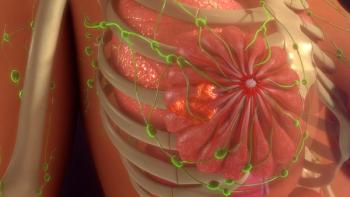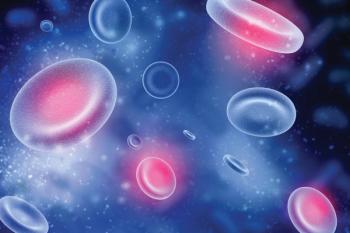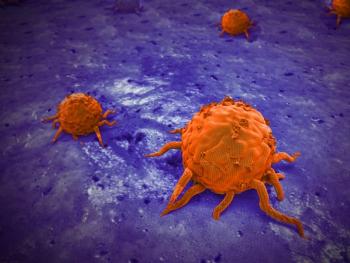
Optimizing Peritoneal Carcinomatosis Treatment Strategies
According to Benjamin Golas, MD, PIPAC is emerging as minimally invasive laparoscopic approach for patients with peritoneal carcinomatosis.
In this video, CancerNetwork® spoke with Benjamin Golas, MD, chief of Surgical Oncology and gastrointestinal oncologist at Hackensack Meridian Health, about treatment options for peritoneal carcinomatosis.
Peritoneal carcinomatosis, the spread of cancer to the lining of the abdominal cavity, has long presented a challenge to oncologists. Historically, treatment options for this disease have included systemic chemotherapy with a difficult adverse effect (AE) profile, or highly invasive cytoreductive surgery (CRS) combined with hyperthermic intraperitoneal chemotherapy (HIPEC). However, a new minimally invasive approach, pressurized intraperitoneal aerosolized chemotherapy (PIPAC), is emerging as a promising alternative, offering renewed hope for patients with this diagnosis.
Golas initially shed light on treatment modalities for this disease. Systemic chemotherapy, while capable of targeting cancer cells throughout the body, may inflict collateral damage on healthy tissue, leading to AEs such as nausea, vomiting, and blood cell count decreases. CRS and HIPEC, on the other hand, represent a major surgical undertaking, often lasting 10 to 14 hours and involving the resection of multiple organs. He suggested that the procedure carries significant complication rates and necessitates prolonged recovery periods, potentially delaying further chemotherapy.
According to Golas, PIPAC offers a stark contrast to these traditional approaches, with the laparoscopic procedure requiring only 2 small incisions in the abdominal wall. Chemotherapy is then delivered directly to the tumors in an aerosolized form, with pressure enhancing penetration into the peritoneal lining. Additionally, PIPAC is minimally invasive, resulting in less pain and shorter recovery times with fewer AEs. The procedure itself is shorter, typically lasting 45 minutes to an hour, allowing patients to return home on the same day. An additional benefit that Golas identified was that PIPAC allows patients to continue their regular systemic treatment without interruption.
Regarding specific subgroup benefits, Golas suggested that any patient with peritoneal carcinomatosis could be a candidate for PIPAC. However, he expressed that the treatment modality may be particularly beneficial for those who are not physically robust enough to receive major surgeries like CRS and HIPEC. Furthermore, PIPAC can serve as a bridge to future surgical debulking or as a treatment for early recurrence when repeat major surgery is not feasible. Golas envisioned treatment plans incorporating serial PIPAC procedures every 2 to 3 months.
Moreover, Golas suggested that PIPAC offers a unique advantage in evaluating treatment response. Unlike other imaging techniques, the laparoscopic approach allows for real-time visual inspection and biopsies, providing immediate feedback on the effectiveness of the therapy. When combined with intravenous chemotherapy, PIPAC provides a "bimodal approach" that directly addresses the peritoneal disease while maintaining systemic control. He further explained that there is growing interest in using PIPAC in a neoadjuvant setting for cancers with a high propensity for peritoneal spread, such as gastric and ovarian cancers.
Golas concluded by stating that PIPAC represented a significant advancement in the treatment of peritoneal carcinomatosis. He described how the modality may offer a less invasive, more tolerable alternative to traditional treatment modalities while providing patients with more options and improved quality of life. He emphasized a need for physicians to be aware of PIPAC and to refer patients to specialized centers with expertise in this innovative approach.
Newsletter
Stay up to date on recent advances in the multidisciplinary approach to cancer.



















































































